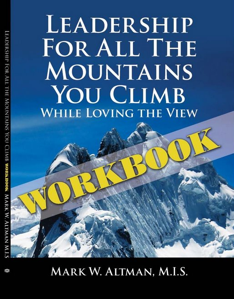As I promised from last week, I would like to share some tips I found at www.parenting.com, www.parenting.org, www.familyeducation.com and my own experience. These tips are consistent across all of these sites and are for the most part, basic and common sense. I am reviewing them because every parent knows how difficult it can be to remember this advice when YOUR child is melting down, in public, and you aren’t in a position to “just go home”.
Research suggests that children at 6 months of age can begin to understand limits such as not grabbing glasses, not pinching, or to “be nice” when petting a family pet. Using a firm tone of voice, and making sure you are making eye contact, especially when child safety is involved is key at this age.
Say “No” when your child has done something wrong, but ensure that you pick your battles because if your child hears “No” too often they are likely to tune you out. Along with saying “No”, having clearly spelled out consequences that matter to your child is key to the discipline process. A “devastating” consequence to one child will warrant a “so what” to another child, so tailor consequences accordingly.
In my opinion the second most important aspect of discipline is being consistent. If the light sometimes turns on when they throw the switch, but sometimes it doesn’t then the child gets confused and you get frustrated. If a rule is a rule at home then it should be the rule in public (or anywhere else) for example.
Temper your consistency with empathy. If you realize that by stopping to talk with a friend a little too long your child is missing their nap or lunch, try to understand your child’s frustration at having no control over how their day has been inconvenienced.
Offer an acceptable option to breaking the rules. If your child wants to play with something they aren’t supposed to, correct the offending behavior and then try to provide an acceptable alternative such as something they can use to draw or color.
For me, the most important tool in getting good behavior is to model and praise good behavior every chance you get. As much as you can you should praise your child “publically”, such as telling Grandparents or someone else the child looks up to, the good things the child has recently done. This praise should be done in front of the child; because children, like all of us, like to hear good things about ourselves.
Behaviors that should always be corrected immediately: safety issues, respecting adults, health issues, education behaviors, and lying. I hope safety and health issues are self evident, however respecting adults can be influenced by culture. It has been difficult for our children to remember to be polite to adults by saying “Yes Ma’am or No Sir” for example, because here in North Idaho many adults do not find such politeness important and in fact sometimes actively discourage it!
You as parents will set yourselves up for success if you set a non-negotiable policy on when, where, and to what standard homework will be done, and what behavior is expected in the classroom. You will also make lots of points with your child’s teacher if you involve the teacher in opening a line of communication as to your child’s classroom behavior.
Demonstrating truthfulness in your own life and then insisting upon it in your children will be critical as they grow into teenagers. Taking care not to “shoot the messenger” when you hear something truthful you would rather not hear will also forward your cause.In closing, modeling good behavior in your own life, including empathy and using a sense of fairness along with these guidelines, will go a long way to developing a well-mannered, well-behaved, child you can be justifiably proud of.
Altman Leadership Center Speaking/Consulting web page
Subscribe to:
Post Comments (Atom)








No comments:
Post a Comment